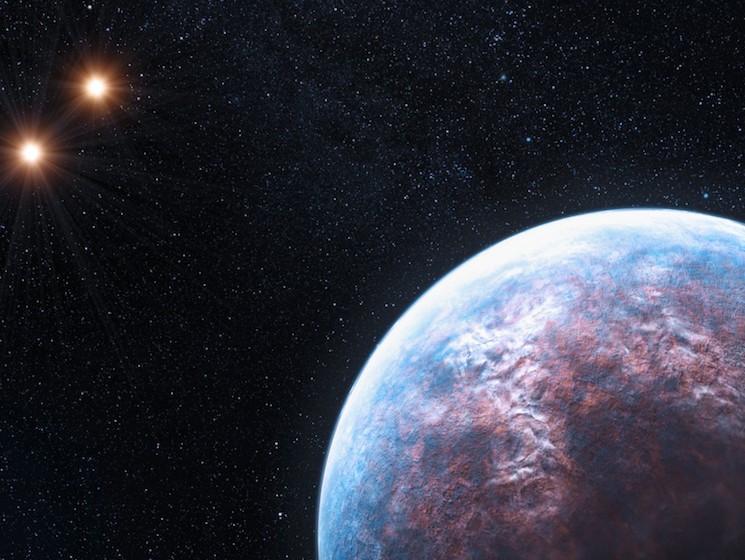
Branches: The search for our neighbours
Either we’re alone in the universe or we are not: both answers are equally terrifying, wrote science fiction author Arthur C. Clarke. Astrobiologist Lewis Dartnell disagrees: “Finding life on other planets might be the most profound discovery in the history of science,” he says.

Astronomers are developing the capability to scan the atmospheres of alien worlds for oxygen and water, while robotic space missions look for signs of life on Mars. But for Dartnell the search begins closer to home. “We want to learn more about how life was formed on Earth, to understand how it might develop elsewhere and how we can detect it,” he explains.
To do this, astrobiologists study extremophiles – creatures that wallow in sulphurous lakes, burrow in high-altitude deserts, or snuggle up to hydrothermal vents. Dartnell is particularly interested in one that sets up camp in the Mars-like dry valleys of Antarctica: “Deinococcus radiodurans is the most radiation-resistant organism on the planet,” he explains. “It can survive being blasted with ultraviolet radiation and zapped with gamma rays – it is a superhero of survival.”
Mars is a freeze-dried desert that is continually bombarded by sterilizing radiation – but about four billion years ago, it was warmer and wetter and likely had a protective atmosphere. “We are trying to understand what any biosignatures might look like,” Dartnell explains. “The European Space Agency is due to launch the ExoMars probe in 2018 to search for signs of life and our work is helping to inform the best places to look.”

Finding life on other planets might be the most profound discovery in the history of science.
Further afield, Europa, a moon of Jupiter, and Enceladus and Titan, two moons of Saturn have also sparked interest. “While Europa and Enceladus are covered in thick ice, there is evidence of liquid oceans below, that – if enough oxidising material is transported from the surface ice – could sustain rich ecosystems,” Dartnell explains. “Titan, on the other hand, has seas and rivers flowing across its surface – not water, but liquid ethane and methane, which may be able to sustain exotic life.”
He suspects, however, that the first convincing evidence of extraterrestrial life will come not in our own solar system, but by locating another pale blue dot orbiting a different star in our galaxy. “Astronomy is in the midst of an exciting exoplanet boom,” says Dartnell. “Scientists have the ability to identify atmospheric signatures that could be telltale signs of life. We might see a day where we can look up to a twinkle in the night sky and know a world circles there which harbours alien life: our neighbours. But as we could not physically get there, astrobiology will play an important role in identifying what that life might be like.”
Listen to Lewis Dartnell discuss the exciting possibilities afforded by astrobiology:


